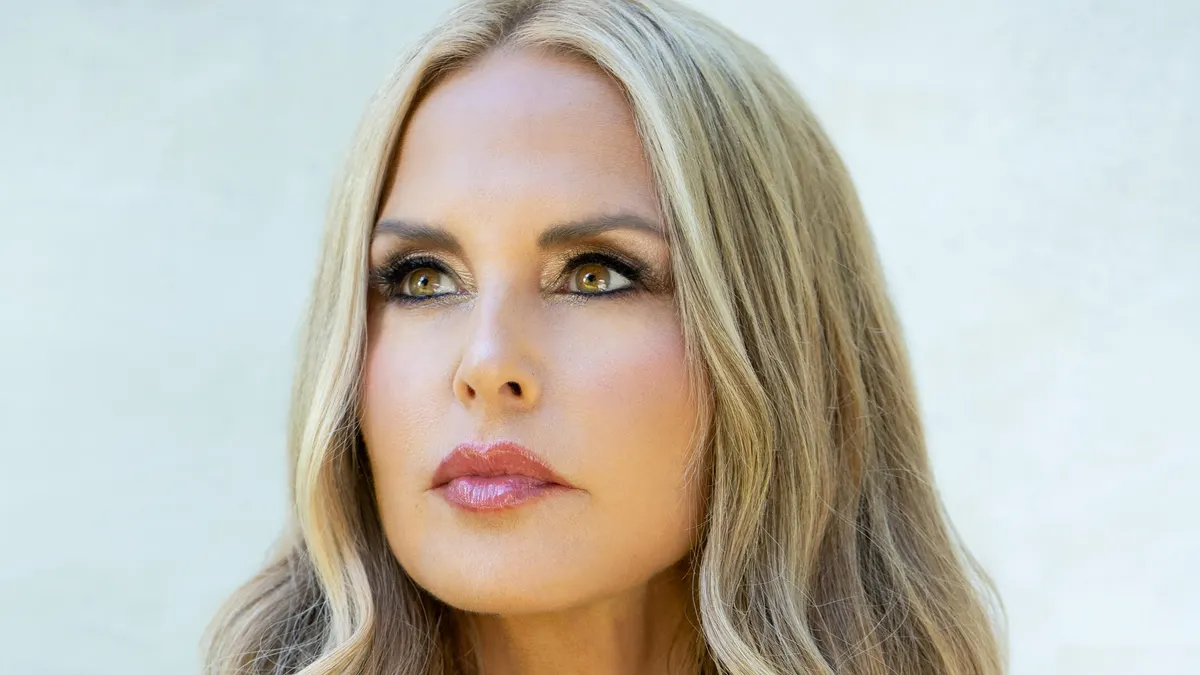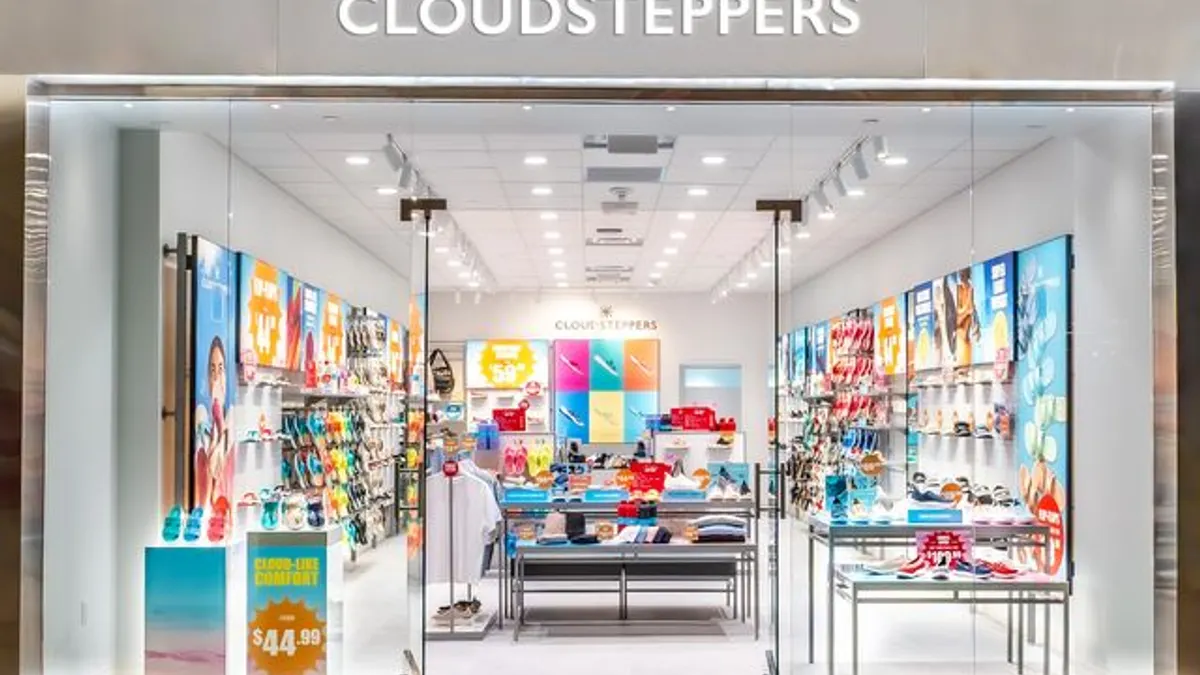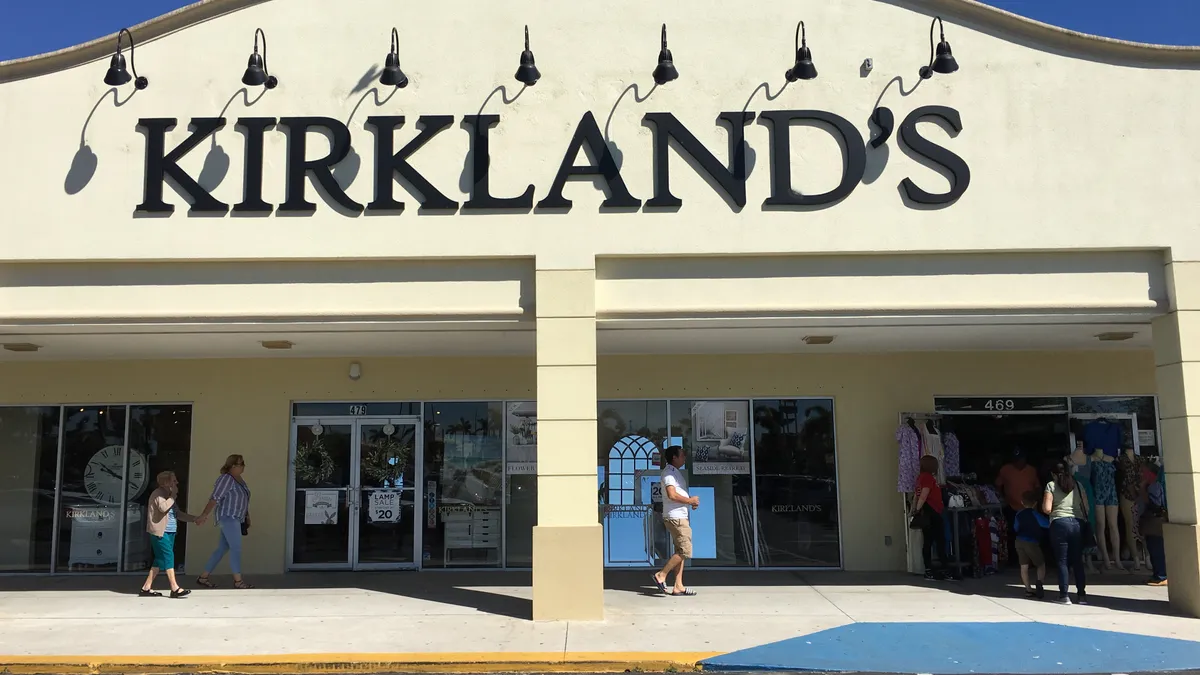With the a recently announced expansion of Apple Pay to several retail websites, customers later this year will receive yet another secure payment alternative to traditional card-based online checkouts.
Using Apple Pay, customers will see a "Pay with Apple Pay" button on retailers' website, likely featured alongside other payment options (including in some cases an existing "Pay with PayPal" button). Users of Apple devices with the company's iOS software and Safari browser would be able to use the one-click payment capability, with the transaction being sent to the customer's iPhone 6 for fingerprint authentication using Apple's TouchID technology on that device. The payment process is much faster and more secure than inputting card information on retailers' checkout page, and it may be faster than using PayPal, which takes buyers off the retail site to their accounts on PayPal's site for authentication.
However, even with its advantages, Apple Pay's migration into e-commerce won't be easy, as it brings Apple Pay into more direct competition with PayPal and others. Launched in 2014, Apple Pay had 12 million users using the app at least once a month as of March this year, according to Crone Consulting, LLC, much larger than both Android Pay (six million users at that time), and Samsung Pay (five million). However, at the beginning of this year, there were more than 60 million users of the iPhone 6 alone—that model being the first one to have Apple Pay capability embedded.
That leaves a lot of room for growth.
Still, observers consider the Apple Pay launch to have been successful, saying the recently-announced expansion was part of the company's long-term plan and not a knee-jerk reaction to less-than-spectacular adoption thus far.
"The expansion of Apple Pay into the browser is a logical extension of the service, and one that deepens its omni-channel capabilities," Jordan McKee, senior analyst for payments at 451 Research, told Retail Dive. "The online checkout experience is riddled with pain points, and that helps to position Apple Pay as a more frictionless alternative to keying in payment credentials."
This ability to streamline the payment process and help retailers avoid cart abandonment means that Apple Pay may have a much higher value proposition online than it has in stores, McKee added. Apple Pay is at a stage where it may need retailers as much as retailers want Apple Pay, as Apple looks to advance beyond its current strength in stores to penetrate deeper into online commerce.
The Apple-only nature
Much could be made of Apple Pay's most noticeable limitation—that shoppers need an Apple device, operating system and browser to use it. PayPal, its most obvious competitor, is available as an app on a much broader array of devices and through any browser. However, Apple has managed to build a mobile empire by leveraging a tightly-controlled ecosystem, proprietary technology and exclusive partnerships. And it seems intent on doing the same with Apple Pay.
A First Annapolis Consulting survey conducted at the end of 2015 found that only about 20% of iPhone 6 users used Apple Pay at least once a month, a figure that had declined about 2% from a survey earlier in 2015 (though the difference also falls within the researchers' margin of error). Of that user group, 66% had used it for contactless in-store payments, with 52% having made in-app purchases.
Putting an Apple Pay option on retail web sites might help the payment option gain more traction.
One of the byproducts of Apple's closed approach has been a highly-prized reputation for greater security than other mobile platforms. These capabilities, including Apple's fingerprint-based TouchID authentication, should prove especially important to growing the usage of Apple Pay in retailers' online stores.
CreditCards.com Senior Industry Analyst Matt Schulz said that while the gradual addition of EMV chip-based terminals to retail stores is making paying for goods at brick-and-mortar stores a more secure experience, online retail sites remain an appealing target for security attacks.
“Biometrics are the future of credit card security,” Schulz said via e-mail. "There's simply too much money at stake for banks, retailers and consumers to continue to rely on old-fashioned security methods like passwords.”
Ultimately, Apple Pay's Apple-only nature shouldn't prevent it from quickly expanding in the online retail world. McKee noted that Apple Pay is being integrated into the e-commerce platforms of companies like Shopify and Demandware, which will make it easier for more retailers to eventually add the Apple Pay option to their checkout pages.
"Few retailers want to miss an opportunity to tap into the most valuable subset of smartphone owners," McKee said.
The initial level of interest retailers have shown in integrating Apple Pay into their Web sites reflects this. Of the retailers mentioned in Apple Pay's expansion announcement, Target declined Retail Dive's requests for comment.
Fast, secure checkout through options like Apple Pay and others is a Holy Grail for retailers because it can bring many of them closer to the "Buy Now with 1-Click" feature that Amazon has exploited so well against the traditional, time-consuming process of keying in credit card information on a retail site. As McKee noted, speeding up that process potentially means fewer buyers could abandon their carts before concluding their transactions. On top of these benefits, the state-of-the-art authentication capability for Apple Pay in particular should give retailers much more confidence about transaction security at a time when all retailers remain nervous about being hacked.
"Making it easier for Etsy buyers to shop on mobile is one of the ways we support our strategy to make Etsy an everyday experience, and Apple Pay helps us do this with a fast and secure checkout option," Etsy CEO Chad Dickerson told Retail Dive via email.
"We saw great results from integrating Apple Pay into our iOS app and we're excited to now be able to expand it to Etsy buyers on the web."
One to rule them all?
Apple Pay has its advantages, but its ability to dominant online retail payments is far from assured, as the payments market has been flooded with new options in recent years.
"In this market right now you've got three models in play," Richard Crone, principal consultant at Crone Consulting, LLC, told Retail Dive. "You've got the stores with their own apps, like Wal-Mart, you've got the bank apps, like Chase Pay, and you've got other third parties, like Apple, PayPal, Android, Samsung and others."
Crone said retailers have launched their own payment apps because they see great potential to combine mobile payments with incentives and promotions that endear these options to customers and create more positive shopping experiences.
"It's not about the payments for them," he said. "It's about the connection point."
Yet, it's still early in the market's evolution, and retailers may choose to embed third parties apps like PayPal and Apple Pay to give customers more options.
"There is so much ground to cover that I don't think a lot of these apps will affect one another," Crone said. "I don't think it's a situation where there can be only one."
A crowded market
However, there probably can't be as many ways to pay as there already is, if the fate of CurrentC is any indication. The QR code-based mobile payments app was developed by the retailer-driven Merchant Consumer Exchange consortium (MCX), but, after months of delays and a hack of the system in beta testing, MCX recently announced it is shutting down the beta version app by June 28.
"Inevitably there will be a weeding out of the digital wallet space,” McKee said. “Retailers reach a point of diminishing returns when they integrate too many digital wallet options into their checkout page."
In that scenario, any payment option that doesn't reach critical mass with both retailers and consumers will be pushed to the margins.
Apple Pay's expansion largely has been seen as a competitive shot at PayPal more than anyone else. PayPal, inverse to Apple, has been much more successful as an online payment option than at in-store point-of-sale systems.
"As the incumbent, this is PayPal’s game to lose," McKee said.
But, PayPal is unlikely to surrender easily. As Apple leverages TouchID, PayPal has invested in its own One Touch technology and other new capabilities. While Apple Pay counted 12 million users earlier this year, as Crone noted, PayPal had about 184 million active users during the same time, 21 million of whom already use its One Touch checkout feature. PayPal is accepted at about 14 million merchants.
And, then there's Venmo, the peer-to-peer payment app with a popular, automated social sharing feature, and a strong millennial market following (although it's unlear how many Venmo users there are). Almost all of Venmo's transactions up to this point have been person-to-person, but PayPal has launched a pilot program putting a Pay with Venmo feature within the existing PayPal app to enable it to be used for other types if transactions.
Crone believes this could help Venmo eventually have broader implications in retail if retailers start targeting Venmo users with special discounts and promotions. As Venmo is used at retail sites, that information could be shared on customers' social networks (unless they choose to keep it private), enabling further marketing value for retailers.
"I think Venmo might be the sleeping giant in this space," Crone said. "As a retailer, maybe you could incent a consumer to use Venmo, and then that information would be shared on social media. What retailer wouldn't want that to happen?"
Ultimately, the markets for mobile payments and alternative retail payment methods in general remain in their earliest days. Apple has had much success in mobile that in can leverage to quickly ramp up Apple Pay to become a in-store, online and mobile payments powerhouse. As Apple Pay expands to more retail sites, customers increasingly will be given more choices for how they want to pay for their products. The winner may not be known for some time, but it will take just one touch to cast a vote.





















